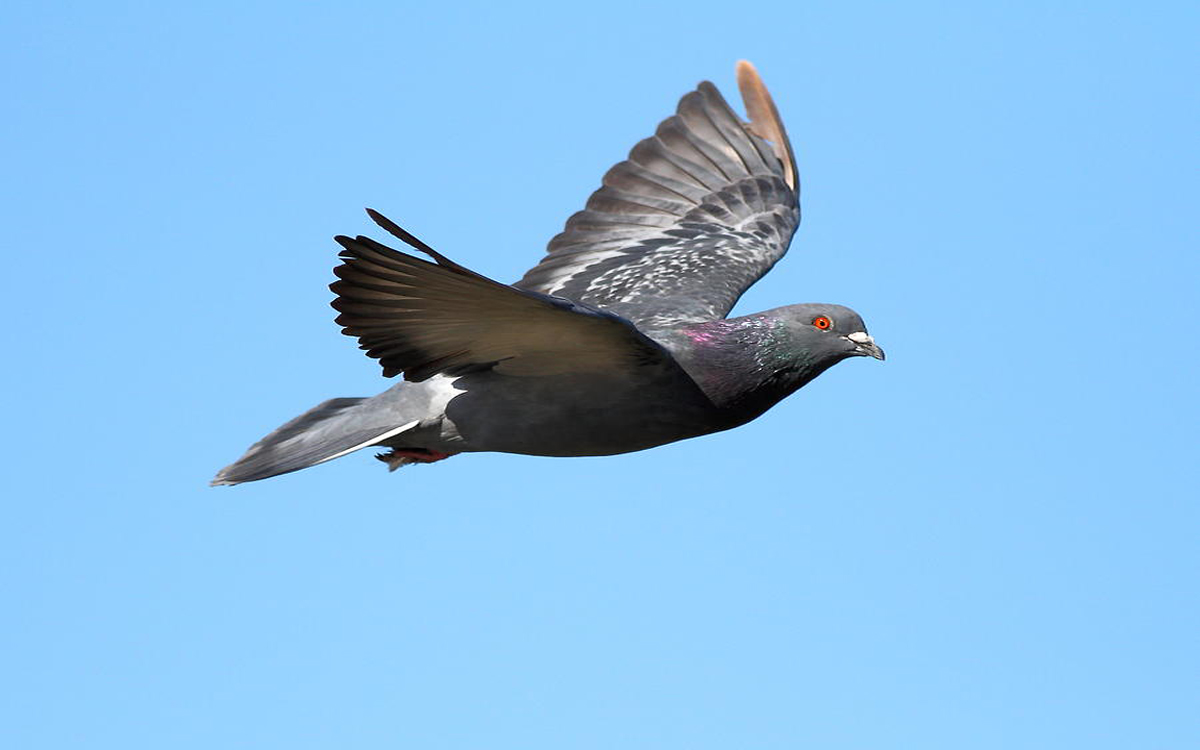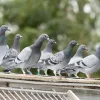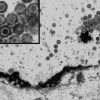
Respiratory Recovery in Pigeons After Illness
Respiratory Recovery in Pigeons After Illness
Respiratory infections are among the most common and damaging health issues that racing pigeons face. Whether it’s chronic respiratory disease (CRD), mycoplasma, ornithosis, or a viral infection, the road to full recovery can be slow and complex—especially when lung inflammation lingers.
Even after the visible symptoms subside, many pigeons still suffer from residual respiratory issues like decreased lung capacity, wheezing, fatigue, or poor oxygen uptake. And if rushed back into training or competition too quickly, these birds may relapse or perform far below their potential.
So how do you ensure your pigeons return to peak condition safely and efficiently? This guide walks you through how to manage post-illness respiratory recovery, rebuild strength, and get your birds race-ready again without setbacks.
Why Post Illness Care Matters in Racing Pigeons
When a racing pigeon gets over a respiratory illness, the battle isn’t always over. Just like human athletes recovering from the flu or bronchitis, the lungs and immune system need time to fully recover.
Lingering Effects of Respiratory Infections:
-
Inflamed air sacs and lungs
-
Decreased oxygen exchange
-
Persistent fatigue and slower recovery
-
Secondary infections due to weakened immunity
-
Underperformance in training or races
Returning a pigeon to flight prematurely not only delays full recovery but can also lead to chronic respiratory damage something that no fancier wants in their race team.
Step 1: Complete the Initial Treatment
Before thinking about reconditioning or training, you must be sure the infection has been fully treated.
Confirm Full Resolution With:
-
Completion of antibiotics or anti-inflammatory treatment (as prescribed)
-
Absence of nasal discharge, wheezing, tail bobbing, or open-mouth breathing
-
Clean, dry nostrils and normal droppings
-
Normal behavior and activity level
Tip: In more serious infections, follow-up testing (such as tracheal swabs or PCR testing for pathogens like Mycoplasma or Chlamydia) may be warranted.
Step 2: Allow Proper Rest and Recovery Time
Just because a bird looks better doesn’t mean it’s ready to fly laps around the loft.
Rest Recommendations:
-
Allow 7–14 days of post-treatment rest, depending on severity
-
Avoid any form of training or exertion during this period
-
Keep birds in a clean, stress-free loft with good ventilation
-
Ensure dust levels and ammonia buildup are minimized to avoid irritating healing airways
Let the lungs heal completely before reintroducing the bird to normal activity.
Step 3: Rebuild the Immune System with a Vitamin-Rich Diet
A pigeon’s recovery depends greatly on nutrition. After fighting infection and dealing with inflammation, the body needs a replenishment of essential vitamins, minerals, and amino acids.
Key Nutritional Support:
-
Vitamin A: Supports respiratory tract lining and tissue repair
-
Vitamin C: Anti-inflammatory and immune booster
-
Vitamin E & Selenium: Antioxidant combo for tissue healing
-
B-complex vitamins: Help with energy metabolism and nerve recovery
-
Zinc: Aids in epithelial repair and immune modulation
-
Methionine and Lysine: Essential amino acids for muscle rebuilding
Feed a high-quality grain mix along with a vitamin supplement during this phase. Consider adding natural supplements like garlic, oregano, or Echinacea to enhance immune recovery.
Optional: Products like PHP Recovery Mix or electrolyte-vitamin powders can accelerate nutritional recovery.
Step 4: Use Herbal Support and Respiratory Tonics
Herbs and natural remedies can help soothe inflammation in the respiratory tract and encourage faster clearance of mucus and irritants.
Useful Additions:
-
Oregano Oil: Natural antimicrobial and anti-inflammatory
-
Garlic Extract: Helps thin mucus and support circulation
-
Licorice Root: Calms irritated airways
-
Thyme or Eucalyptus Oil: Known for respiratory clearing effects
-
Lung flush powders: Contain a mix of herbs and trace minerals to clear out toxins
These should be administered after antibiotic therapy is complete, not during, to avoid interaction.
Step 5: Gradual Reconditioning Plan
Once your pigeon is symptom-free, energized, and nutritionally stable, it’s time to reintroduce training slowly.
Sample Reconditioning Schedule:
Week 1: Light Activity Only
-
5–10 minutes free flight around the loft daily
-
Observe breathing, posture, and landing behavior
-
No road training or basket work yet
Week 2: Controlled Exercise
-
Increase flight time to 15–20 minutes
-
Short tosses from 1–2 km if all signs remain positive
-
Continue immune-boosting diet
Week 3: Intermediate Flights
-
Begin regular tosses up to 5 km
-
Assess muscle tone, breathing rate, and stamina
-
Consider returning the bird to light competition if no symptoms recur
The key is to watch for relapse signs at each stage. Never push a bird back to racing if it’s not ready—one bad race can set it back for weeks or worse.
Step 6: Maintain Loft Hygiene to Prevent Reinfection
Clean lofts are the foundation of strong respiratory health. Post-infection, your loft must be free of irritants, dust, and pathogens that could trigger a secondary infection.
Loft Hygiene Checklist:
-
Remove droppings daily
-
Replace bedding regularly (avoid dusty straw)
-
Use ammonia-absorbing materials like zeolite
-
Disinfect perches and feeders with mild solutions
-
Maintain air flow with proper ventilation—not direct drafts
Bonus Tip: Fogging with safe disinfectants (like Virkon S or iodine-based solutions) can reduce airborne pathogen load during recovery.
Watch for Delayed Respiratory Symptoms
Sometimes, inflammation lingers longer than expected, or secondary infections like fungal overgrowth occur after antibiotic treatment.
Red Flags That Need Attention:
-
Bird fluffs up again after training
-
Sudden breathing difficulty after initial recovery
-
Mucus buildup around nostrils
-
Tail bobbing or wheezing
-
Slow returns from short tosses
If these occur, pause all training and consult your avian vet for a follow-up evaluation.
Special Considerations for Young Pigeons
Young birds, especially those that get sick post-weaning, need extra care during recovery. Their lungs and immune systems are still developing, making gradual reconditioning and respiratory support essential.
-
Avoid group training with adults too soon
-
Keep them warm and stress-free during cold months
-
Provide grit and minerals to support general development
These young birds, when properly supported, often bounce back stronger and learn valuable immunity that helps them in future seasons.
Prevent Future Respiratory Relapses
The best strategy is not just recovery it’s prevention. Here’s how you can protect your loft moving forward:
Prevention Tips:
-
Vaccinate for paramyxovirus and herpes virus
-
Quarantine all new birds for 2–3 weeks
-
Use respiratory probiotics after any antibiotic course
-
Monitor loft humidity and air quality
-
Use stress reducers during molting, racing, and transport
Consistency in care leads to fewer sick birds, better performance, and a smoother season.
Final Thoughts: Build Back Better, Not Faster
Getting a pigeon back into racing condition after a respiratory infection isn’t just about clearing symptoms—it’s about restoring optimal lung function, stamina, and resilience.
By giving your birds:
-
The time they need to recover
-
A supportive, vitamin-rich diet
-
A clean environment
-
A gradual return to training
You’re not just preventing relapses you’re building stronger, race-ready champions for the long term.


